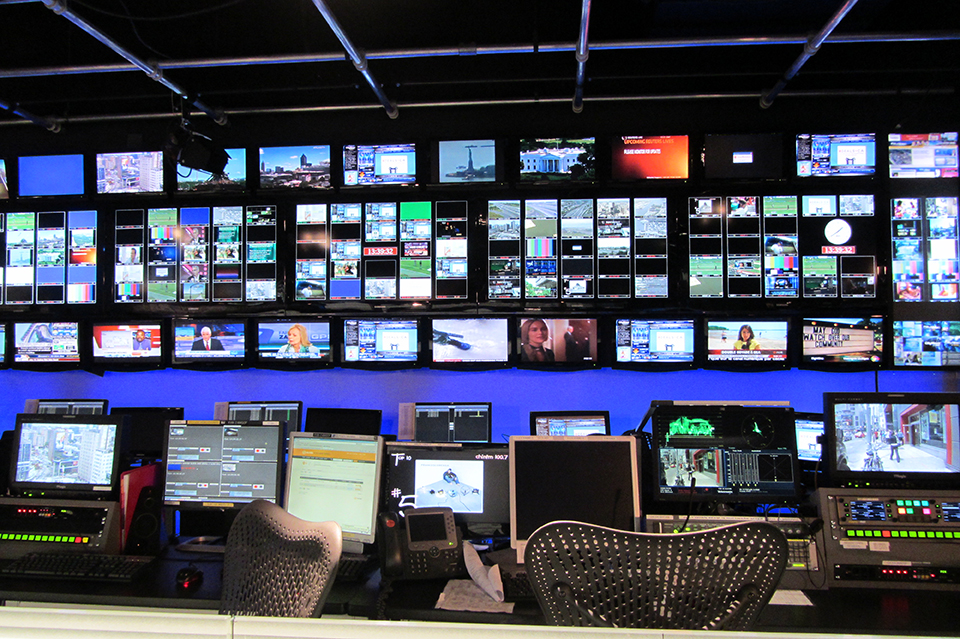As excited as I am to enter the world of journalism, I sometimes am a bit weary of what kind of job a four-year degree will grant me. I am trained to write creatively and passionately in college, but I am in constant fear of having to write listicles with gifs for my first job. Unfortunately, this may become a reality because of recent trends in readership.
News organizations losing money
It is no secret print sales in journalism have dropped sharply since the Great Recession at the turn of the decade. Many young adults are turning to social media for their news. This may not seem like a problem on the forefront, but behind this statistic lies a deeper issue: the breakdown of quality content for readers.
Since the 2008 recession, newspapers have seen a massive drop in paper circulations, how many papers are printed a week, and in annual subscriptions. Although the perception that young adults continue to turn away from print papers for web news, this is partially false. People ages 18-24 still read the newspaper, but they intake news on the web in greater quantities. People also pay less for subscription-based news because they can find it online for free.
There is a ripple effect from this. Because of decreased circulation, more and more print advertisers are stopping print ads. This gives less funding to news corporations to operate. Instead, advertisers turn to the web to market their brands. News corporations still make money, but significantly less because it is cheaper to advertise on the web. News organizations also lose money when people use ad blockers to avoid the obstructive marketing plugs.
Click bait problem
Because of this, two very detrimental occurrences happen. First, news corporations advertise more in different ways. The first is web ads. These come in the forms of banner ads in the middle of articles and ads before videos. Annoying as they are, they fund regular operations. The second, more dangerous, approach is branded content. This is when news organizations write on the behalf of brands to promote them. Organizations like Buzzfeed have separate sections created to solely created branded content.
The second detrimental occurrence is the creation of poor, relatable content in order to create web traffic to make more money. Poor content comes in the form of hyper-relatable listicles with gifs and the ever-wonderful genre of “open letters.” This is all known as clickbait. Organizations purposely create catchy headlines in order to bait readers to click on their story, such as “17 times toddlers were the opposite of terrible.” The more people click, the more money the corporations make in ad revenue.
Although relatable content seems awesome, it is disappointing from a journalistic standpoint. I do not want to have my hopes up after college to be a great writer, only to be subjected to writing lists. This hyper-fast, hyper-relatable nature of the dispersion of news, although has many benefits, does not help with the quality of writing in the journalism world.







